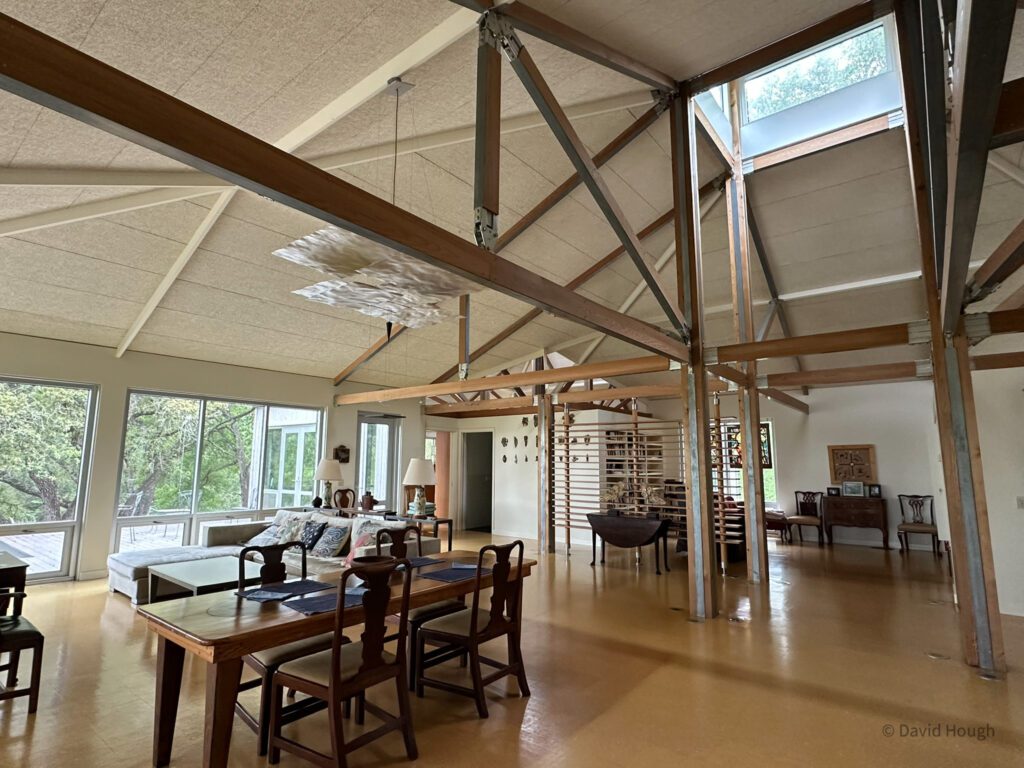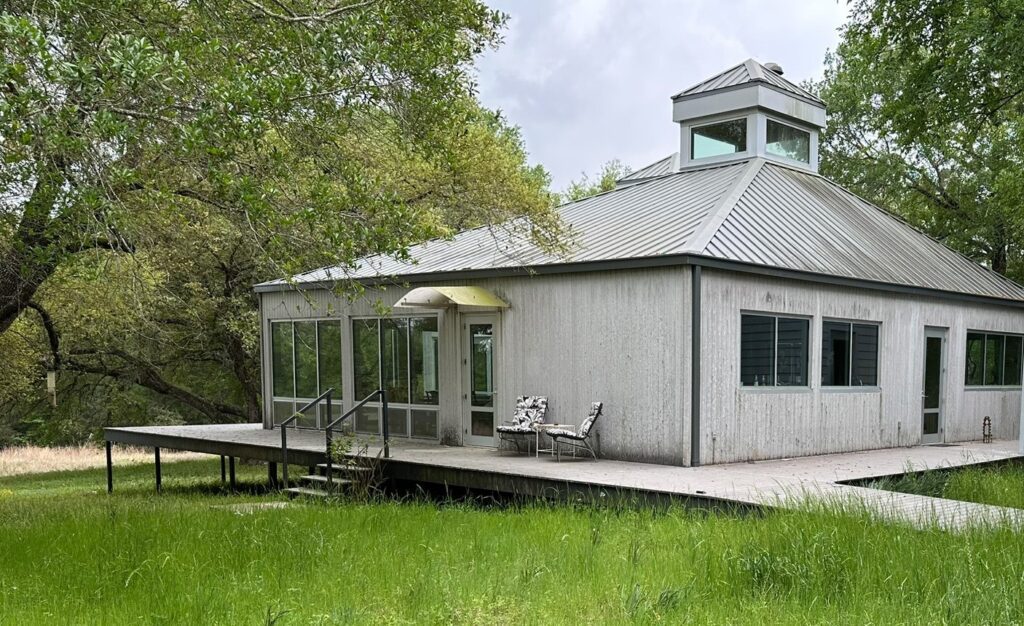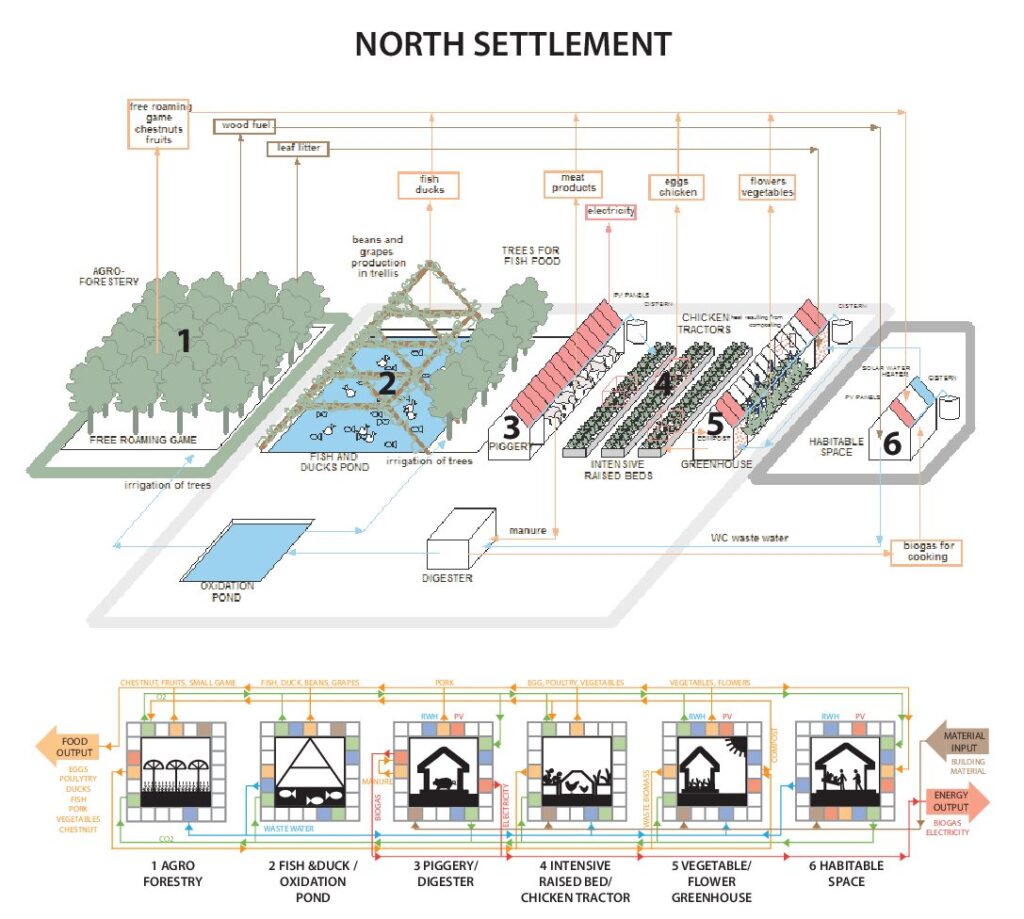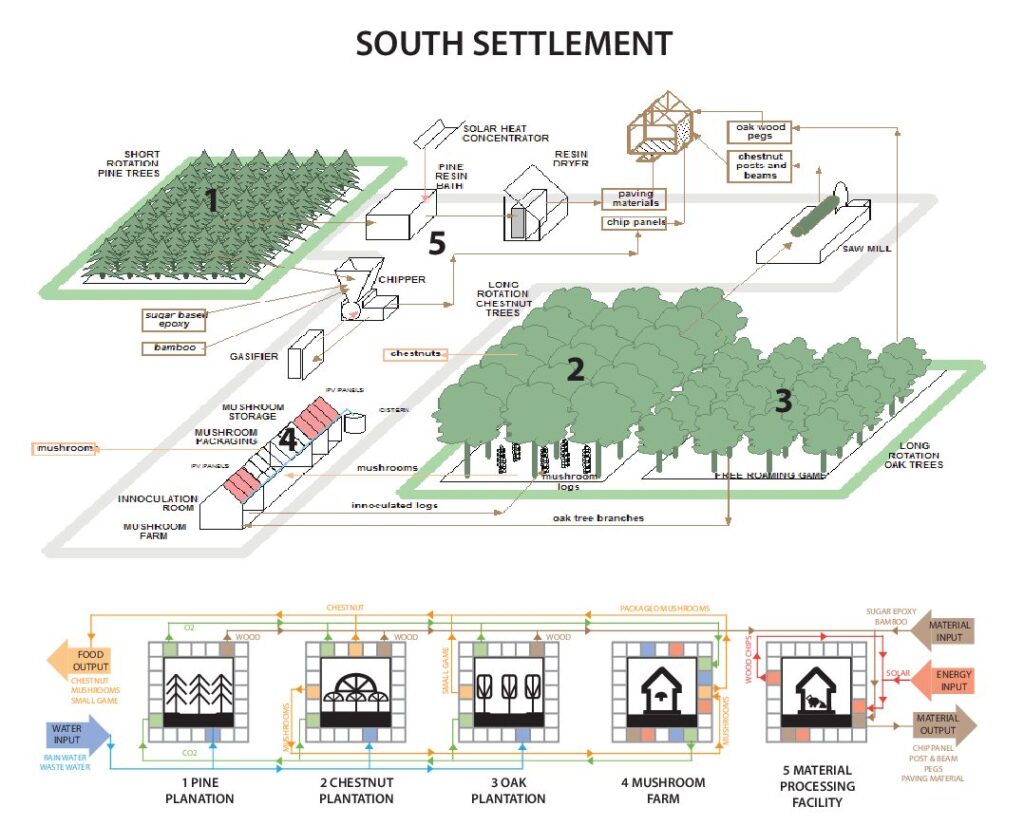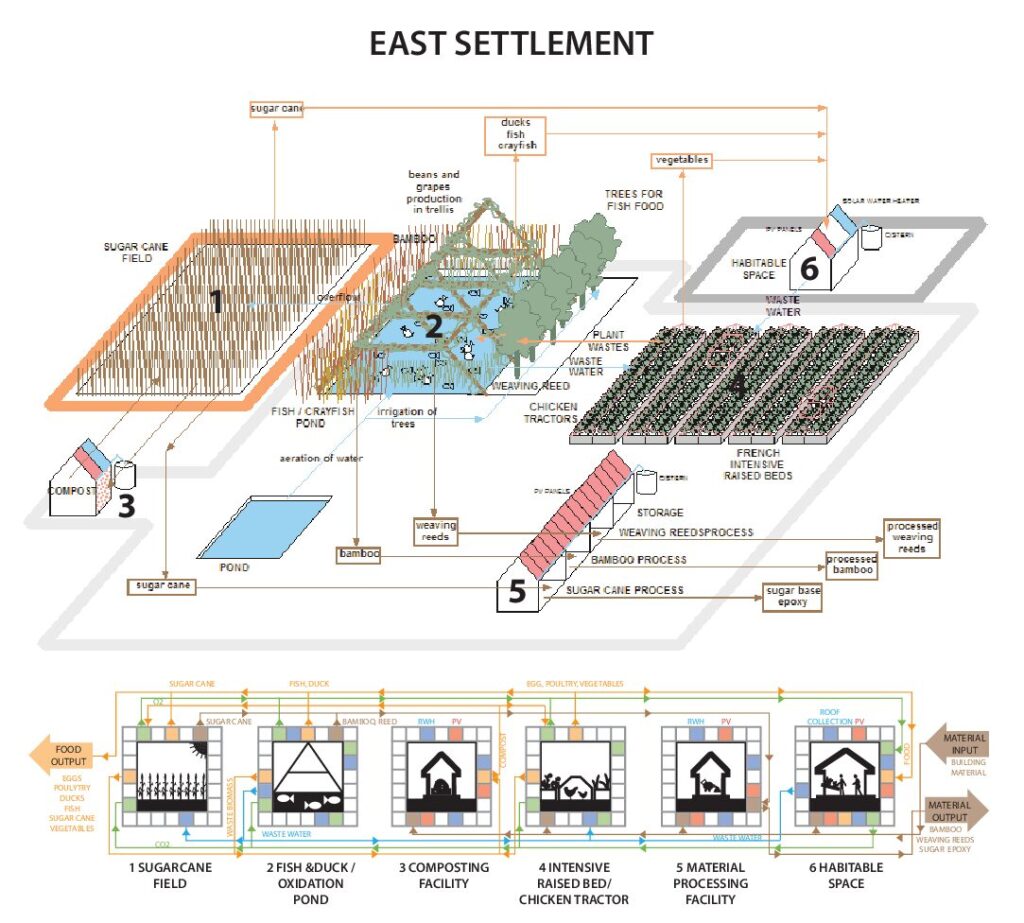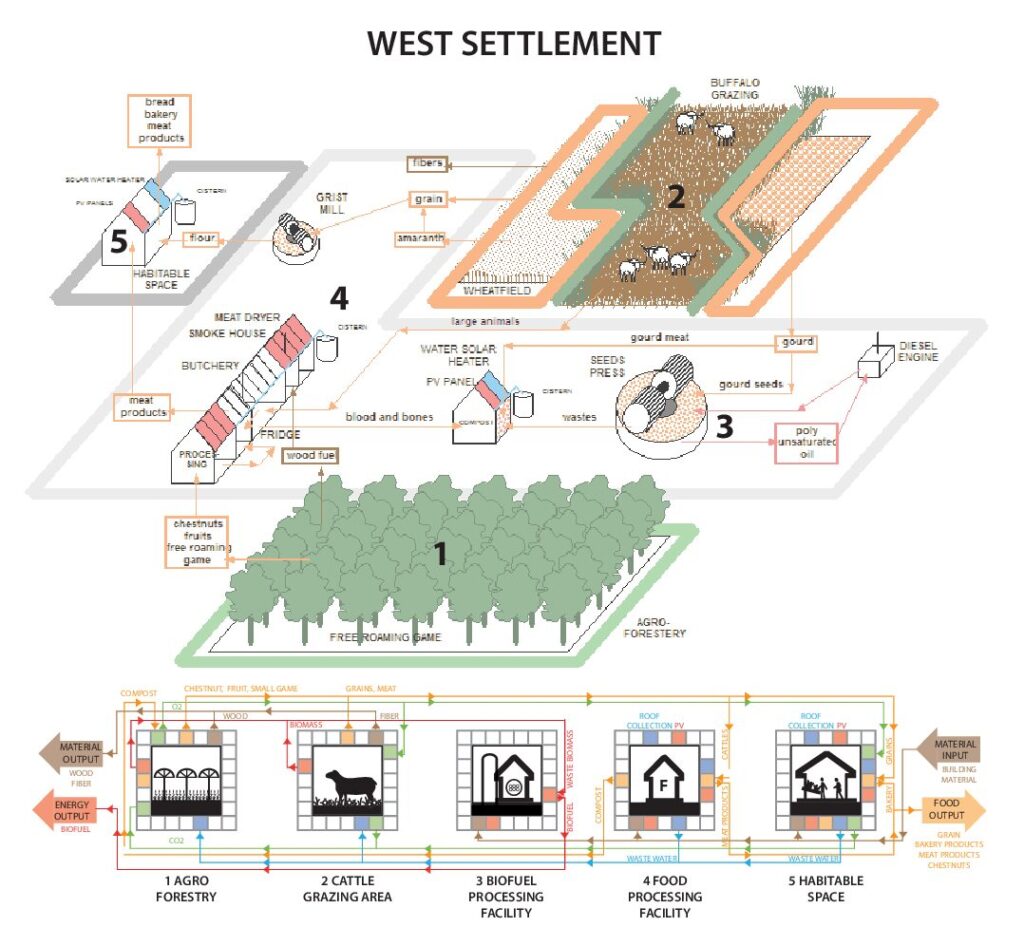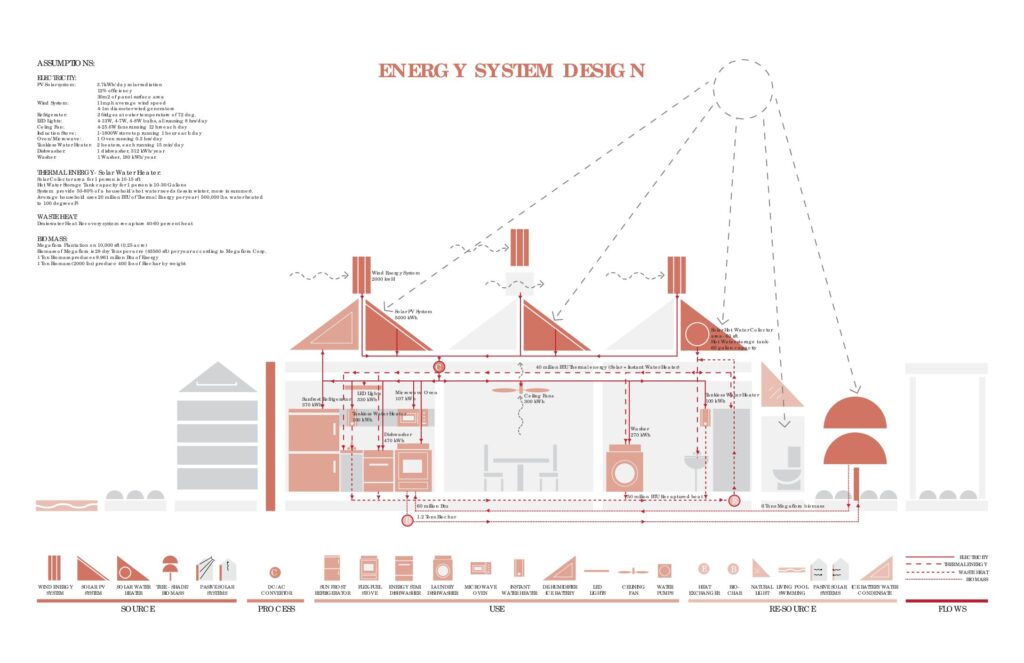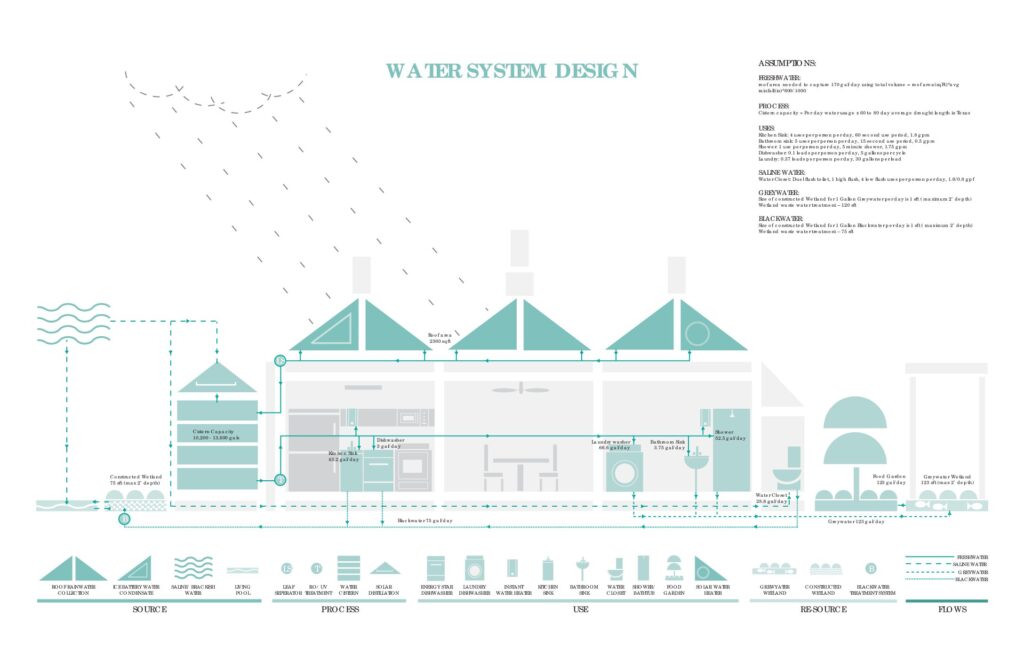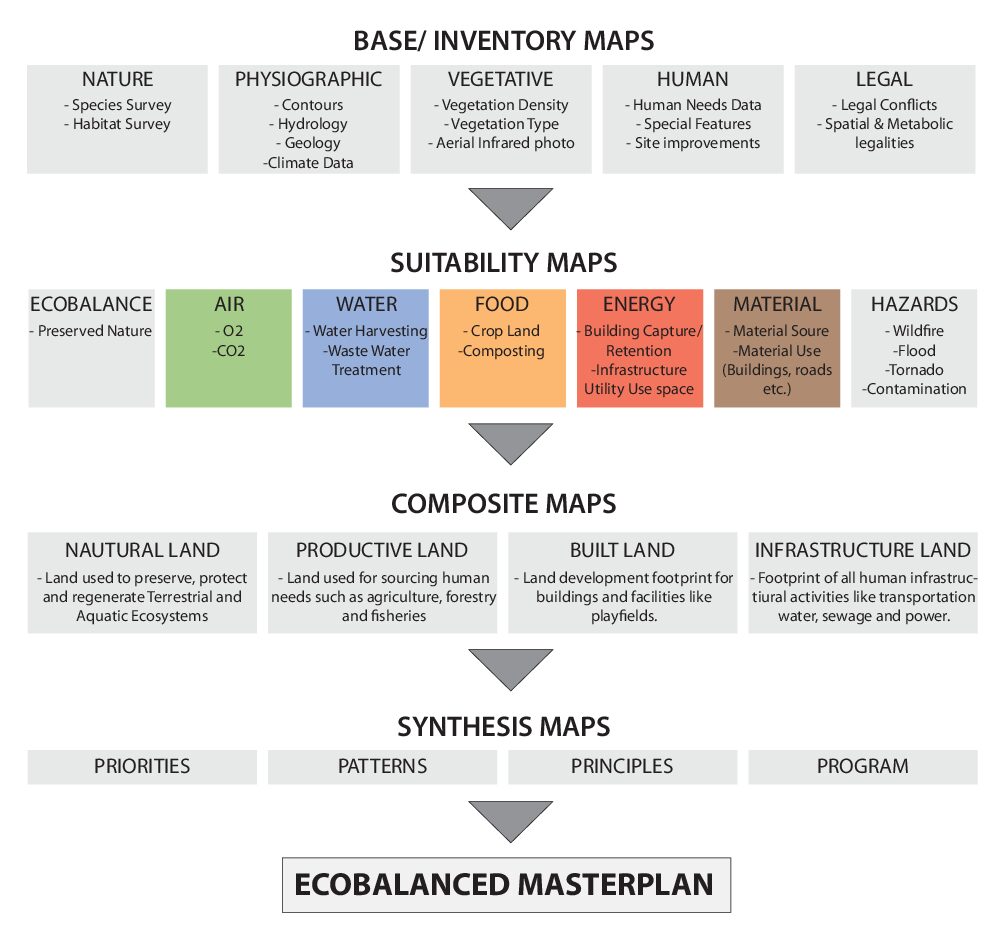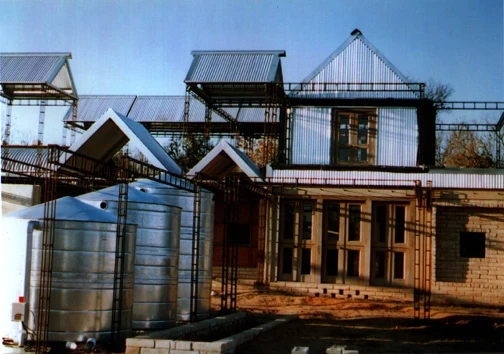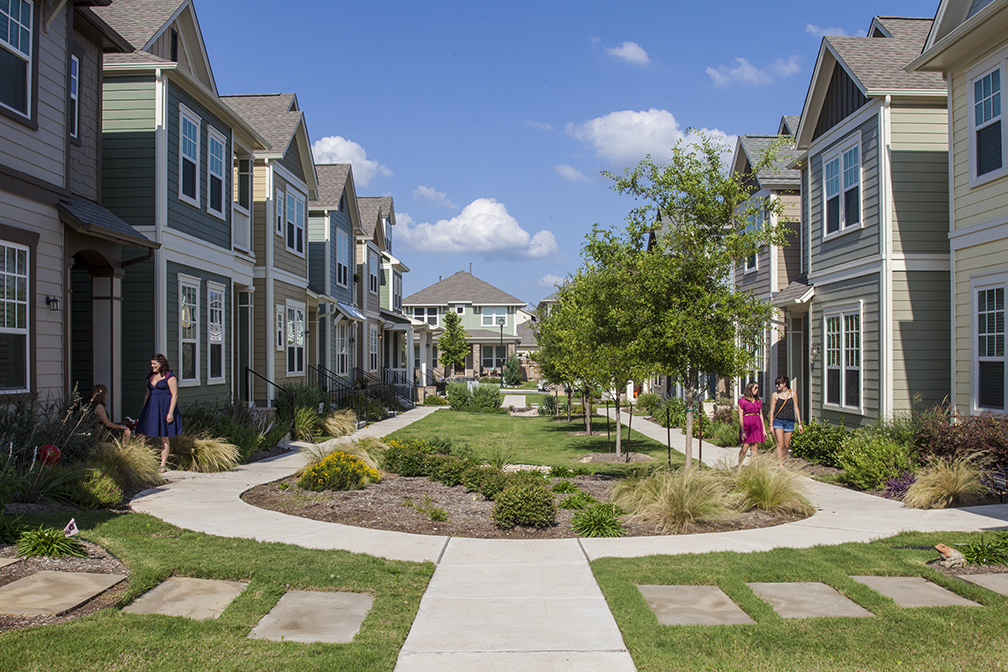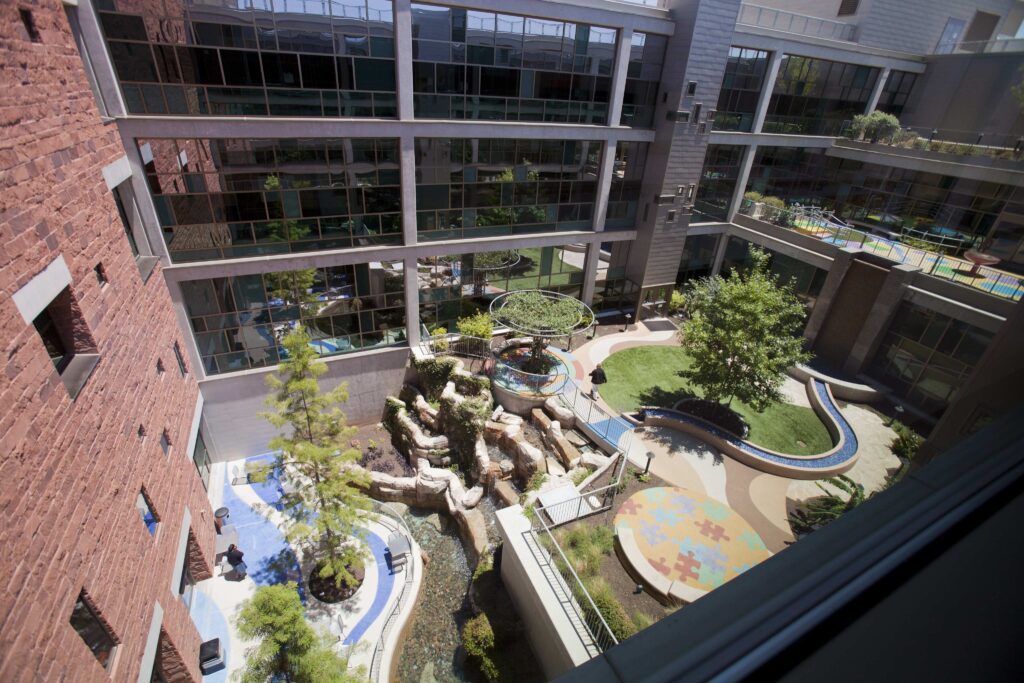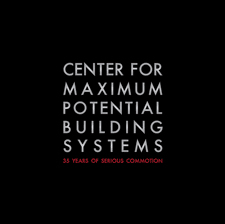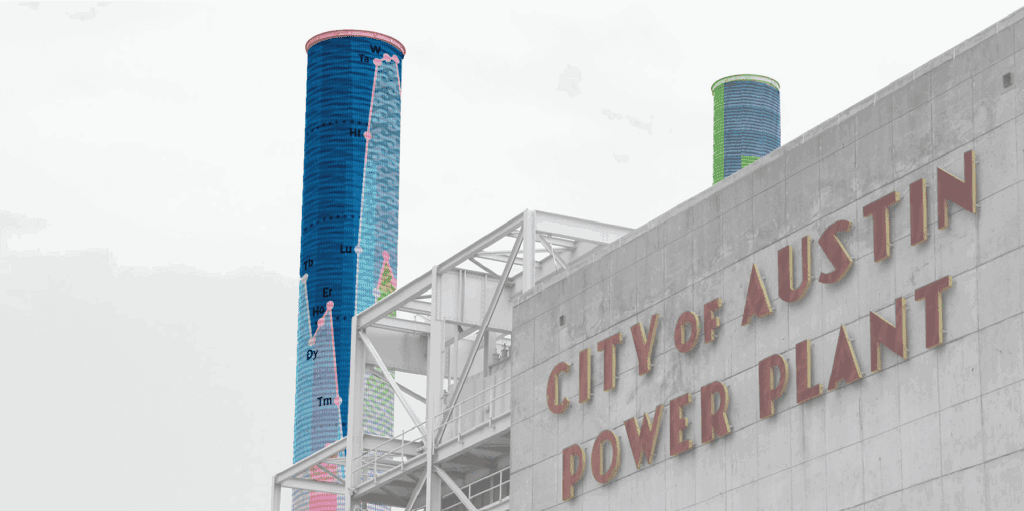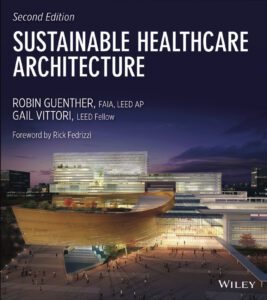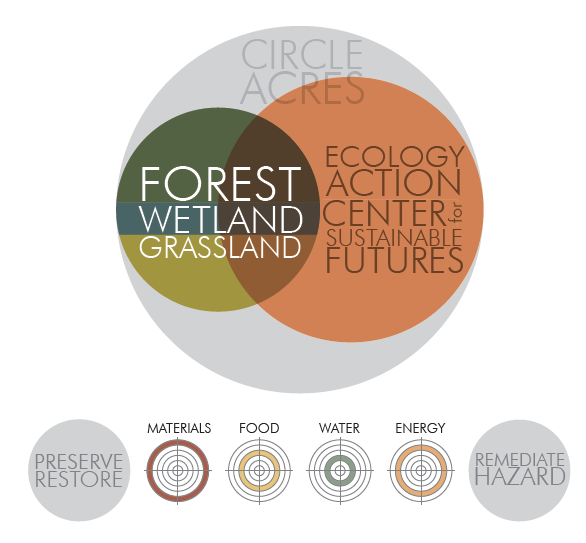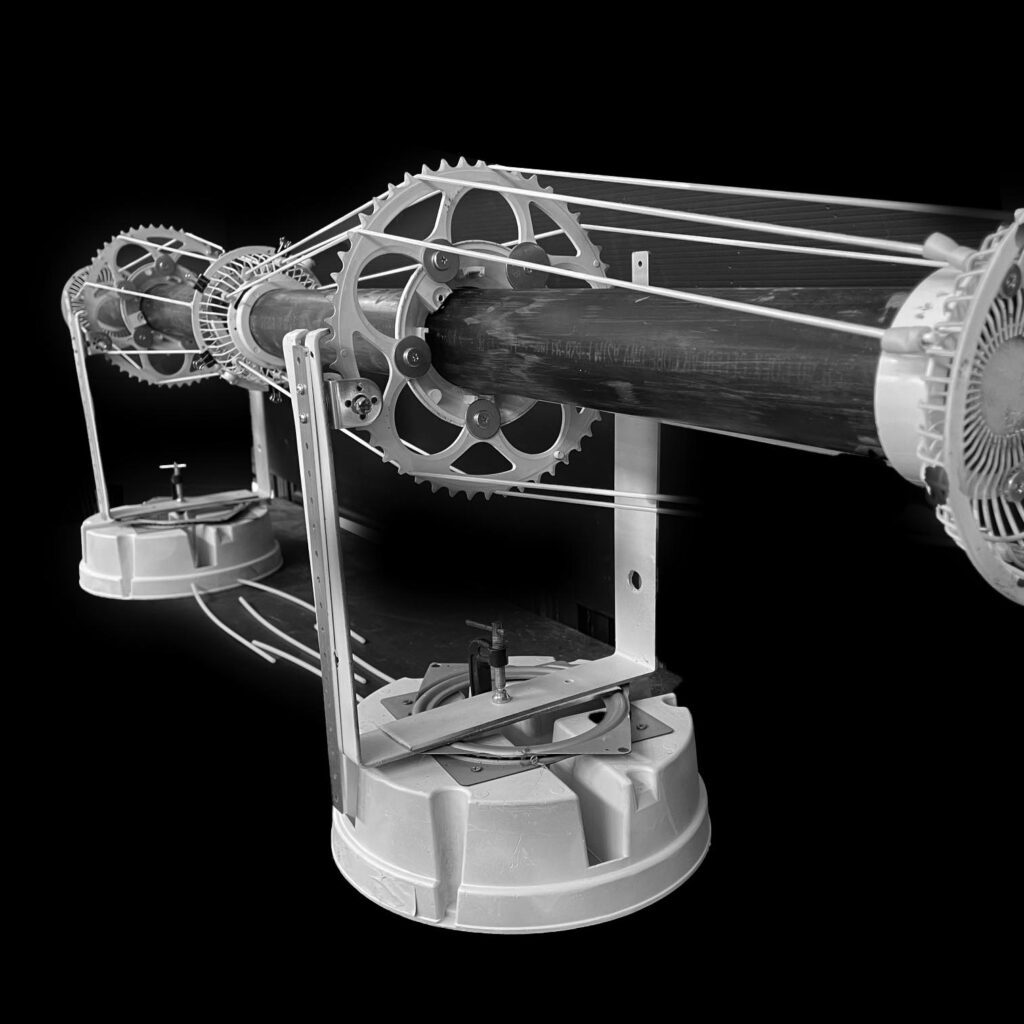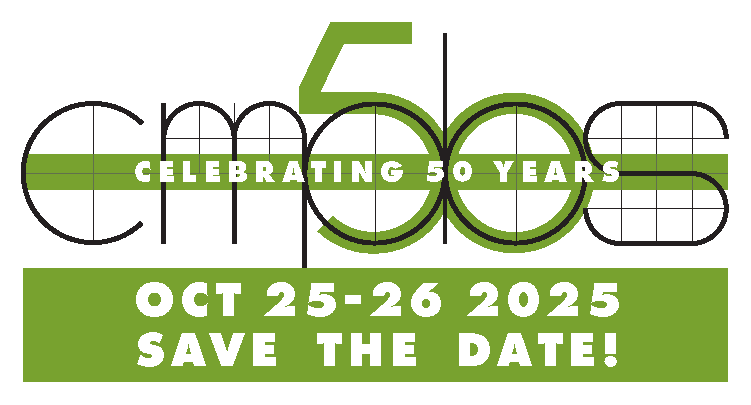Project Background
2000
Concept
A home designed using The Center’s EcoBalance methodology to employ the principle of life cycles to sustain and balance the use of resources
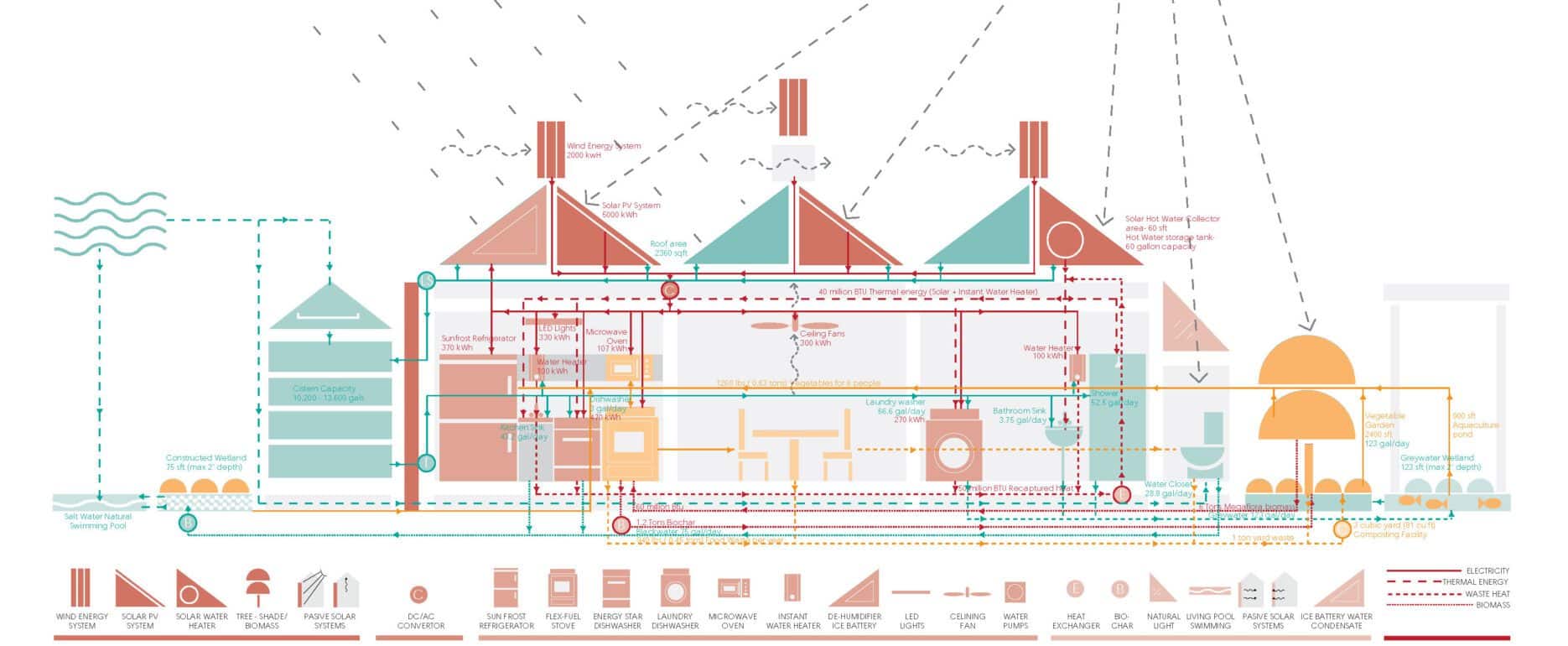
A home designed using The Center’s EcoBalance methodology to employ the principle of life cycles to sustain and balance the use of resources
At this project in east Texas, it was evident that the property’s lush, plant-oriented characteristics needed to be emphasized and made into a special and permanent attribute as far into the future as possible. Overlay maps of all composites were created so that we could look at what the land was telling us. Patterns were found within the overlay map information, and were tested according to the original program goals. Out of this re-synthesis we found that certain attributes of soil, vegetation, microclimate, and the relationship to natural and agricultural areas indicated different solutions from different land areas. Agriculture in one area, for example, was prairie-oriented while in another the hydrology and soils showed a wetter environment. Woodlands dominated some areas of the site, while other areas contained extensively refurbished soils. The special qualities differentiating these areas led to natural delineation of settlements that could cooperatively share their products and resources amongst themselves. As these settlements together increased productivity, they could then also afford to supply others outside of the area.
CLIENT + FUNDING
Anonymous
TEAM
Pliny Fisk III; Richard MacMath; Fabien Prouvost; Pablo Serna

